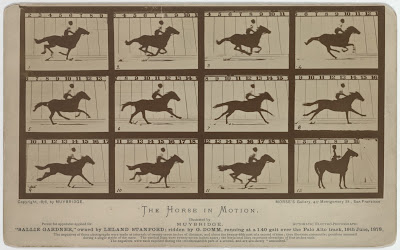Feminism and Post Modern Art
Women's Impact on the Post-Modern Art Era Introduction For a very long time, art had primarily been dominated by men. Similarly to topics like science and politics, this male-dominated theme can affect the public's perception of art. Although there is no single answer to when female presence increased in the art world, the post-modern era was a stepping stone for women in art. This blog features some of my favorite female artists and explores how they contributed to the post-modern era. Judith Baca Judith Baca is a Mexican-American painter, known best for her large murals and work in creating a welcoming and diverse art community wherever she is. It is important to note that Judith is not only an important female leader in the art world but also in the fight to create equality for all people and races. Judith's main focus for all of her work is to bring people together while connecting communities to the land around them. Matriarchal Mural: When God Was A Woman (Thirteen ...

